Nature ( IF 50.5 ) Pub Date : 2024-09-04 , DOI: 10.1038/s41586-024-07899-8 Jonathon C O Mifsud 1 , Spyros Lytras 2, 3 , Michael R Oliver 2 , Kamilla Toon 2 , Vincenzo A Costa 1 , Edward C Holmes 1, 4 , Joe Grove 2
|
|
Viral glycoproteins drive membrane fusion in enveloped viruses and determine host range, tissue tropism and pathogenesis1. Despite their importance, there is a fragmentary understanding of glycoproteins within the Flaviviridae2, a large virus family that include pathogens such as hepatitis C, dengue and Zika viruses, and numerous other human, animal and emergent viruses. For many flaviviruses the glycoproteins have not yet been identified, for others, such as the hepaciviruses, the molecular mechanisms of membrane fusion remain uncharacterized3. Here we combine phylogenetic analyses with protein structure prediction to survey glycoproteins across the entire Flaviviridae. We find class II fusion systems, homologous to the Orthoflavivirus E glycoprotein in most species, including highly divergent jingmenviruses and large genome flaviviruses. However, the E1E2 glycoproteins of the hepaciviruses, pegiviruses and pestiviruses are structurally distinct, may represent a novel class of fusion mechanism, and are strictly associated with infection of vertebrate hosts. By mapping glycoprotein distribution onto the underlying phylogeny, we reveal a complex evolutionary history marked by the capture of bacterial genes and potentially inter-genus recombination. These insights, made possible through protein structure prediction, refine our understanding of viral fusion mechanisms and reveal the events that have shaped the diverse virology and ecology of the Flaviviridae.
中文翻译:

绘制糖蛋白结构揭示黄病毒科进化史
病毒糖蛋白驱动有包膜病毒的膜融合并确定宿主范围、组织向性和发病机制1 。尽管它们很重要,但人们对黄病毒科2内的糖蛋白的了解还很片断。黄病毒科是一个大型病毒家族,包括丙型肝炎、登革热和寨卡病毒等病原体,以及许多其他人类、动物和新出现的病毒。对于许多黄病毒,糖蛋白尚未被鉴定,对于其他病毒,例如肝炎病毒,膜融合的分子机制仍然未知3 。在这里,我们将系统发育分析与蛋白质结构预测相结合,以调查整个黄病毒科的糖蛋白。我们在大多数物种中发现了与正黄病毒E糖蛋白同源的II类融合系统,包括高度分化的荆门病毒和大基因组黄病毒。然而,肝炎病毒、pegivirus和瘟病毒的E1E2糖蛋白在结构上不同,可能代表一类新的融合机制,并且与脊椎动物宿主的感染密切相关。通过将糖蛋白分布映射到潜在的系统发育上,我们揭示了以细菌基因的捕获和潜在的属间重组为标志的复杂的进化历史。这些通过蛋白质结构预测而得以实现的见解,完善了我们对病毒融合机制的理解,并揭示了塑造黄病毒科多样化病毒学和生态学的事件。





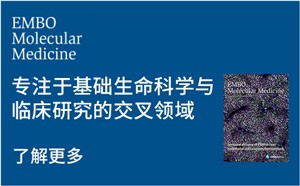






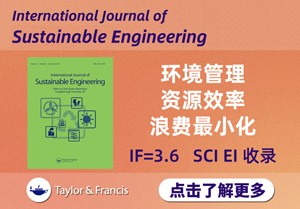



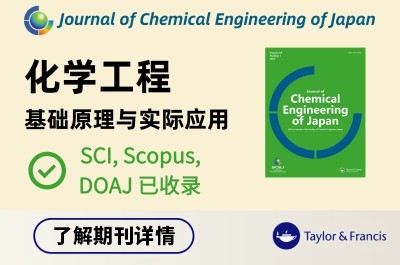








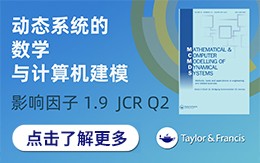




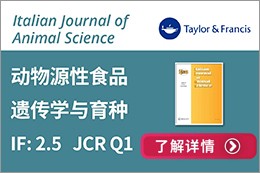














 京公网安备 11010802027423号
京公网安备 11010802027423号